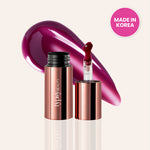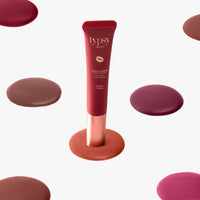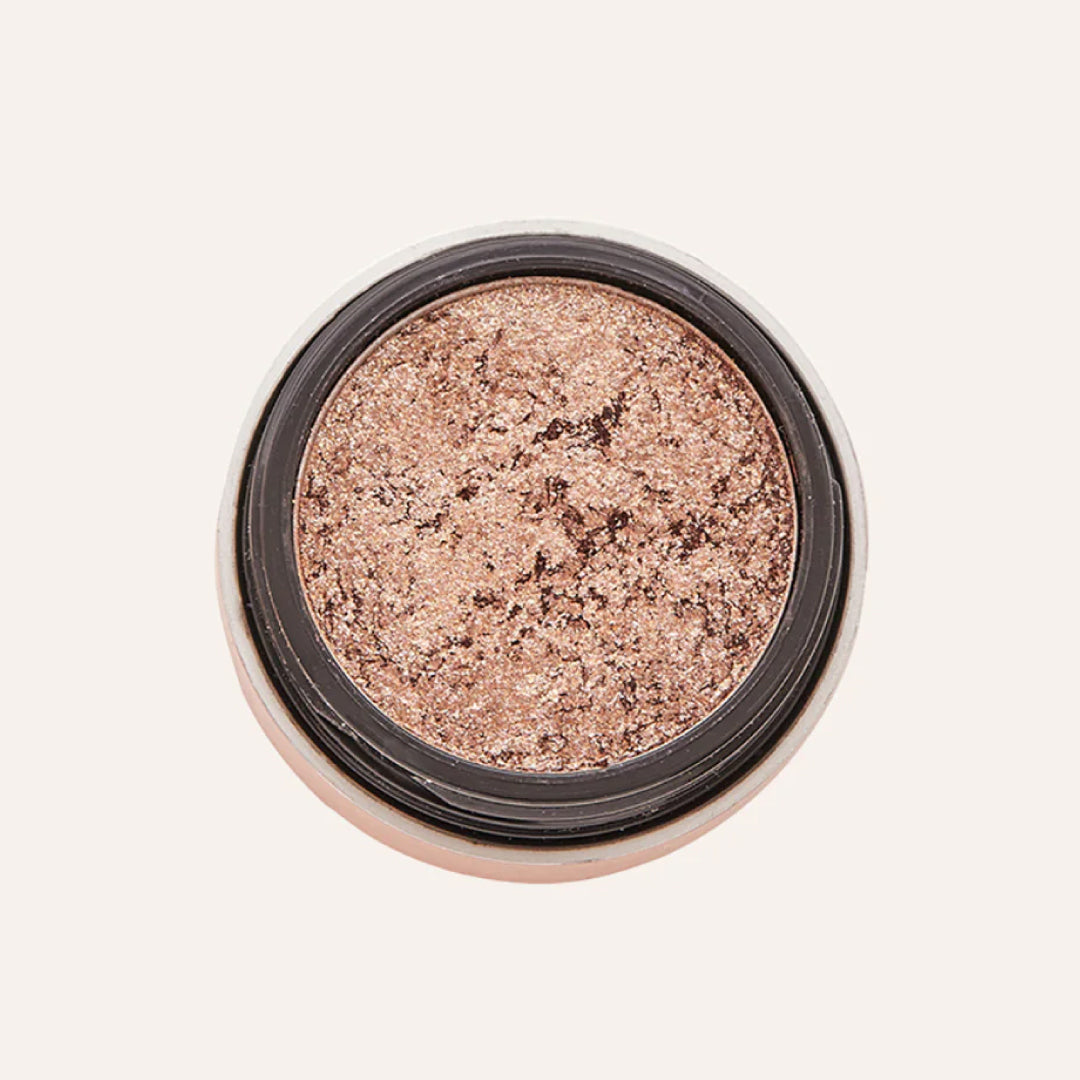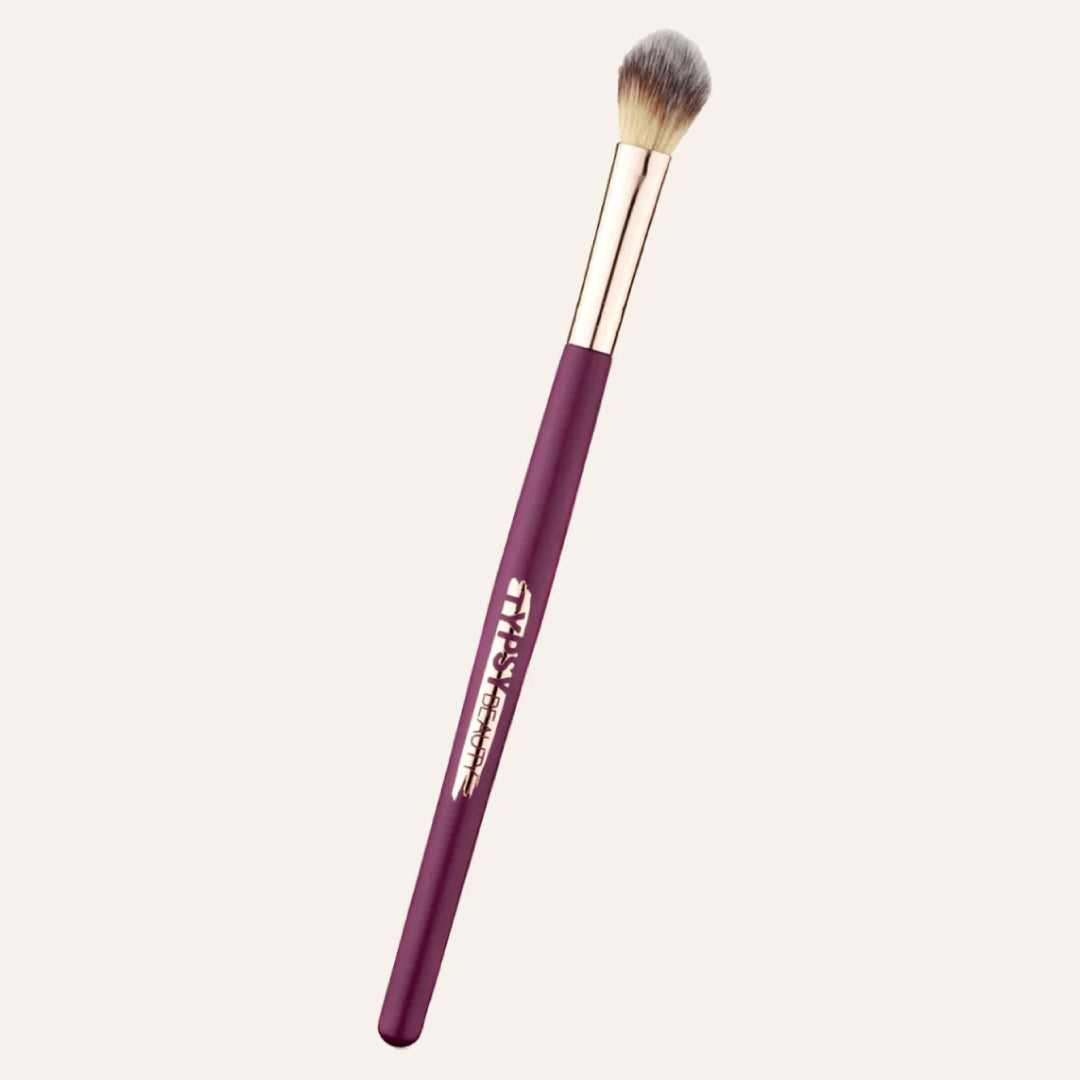- Buy More, Save More
- Flat 450 Off above 1799 | Flat 250 Off above 1399
- Buy More, Save More
- Flat 450 Off above 1799 | Flat 250 Off above 1399
- Buy More, Save More
- Flat 450 Off above 1799 | Flat 250 Off above 1399
- Buy More, Save More
- Flat 450 Off above 1799 | Flat 250 Off above 1399
- Buy More, Save More
- Flat 450 Off above 1799 | Flat 250 Off above 1399
- Buy More, Save More
- Flat 450 Off above 1799 | Flat 250 Off above 1399
Top 5 Best Lip Balms for Winter (2025)
Maya Deiss
Why Do Lips Feel So Dry in Winter
Cold air outdoors and indoor heating create the perfect storm for dryness. Lips don’t have oil glands, which means they can’t hold on to moisture naturally. As a result, they start peeling, cracking, and stinging, a familiar struggle for anyone who’s faced dry lips in winter.
That’s where the best winter lip balm steps in. It locks in moisture, protects against windburn, and repairs the damage caused by harsh conditions.
What Makes a Lip Balm Good for Winter
The secret to a good chapped lips remedy lies in balance. A rich lip balm should not just coat your lips but also heal them from within. Dermatologists recommend looking for formulas that nourish, repair, and defend.
Here’s what to look for when picking your lip care products:
-
Shea butter and cocoa butter provide deep hydration and create a soft, protective layer.
-
Hyaluronic acid and glycerin draw moisture into the lips, keeping them supple.
-
Ceramides and peptides rebuild the natural barrier and prevent flaking.
-
Vitamin E and Vitamin C shield against environmental stress and dullness.
- SPF 30+ helps block UV rays that can cause long-term pigmentation even in winter.
Avoid menthol or camphor, as they feel cooling but end up drying the skin further.
Top 5 Best Lip Balms for Winter 2025 (India)
|
Lip Balm |
Key Ingredients |
Why It’s Great for Winter |
|
Typsy Beauty Pout Polish Peptide Lip Treatment Balm |
Peptides, Collagen, Brightening Actives, Shea Butter |
Combines hydration of a lip mask, shine of a glaze, and nourishment of a treatment balm; smooths fine lines, brightens lips, and locks in moisture for up to 8 hours. |
|
WishCare Tinted Ceramide Lip Balm SPF 50 PA+++ |
Ceramides, Shea Butter, Niacinamide |
Combines tint, hydration, and barrier repair in one formula. |
|
SebaMed Lip Defense SPF 30 |
Vitamin E, Jojoba Oil |
Hypoallergenic protection for sensitive lips and cold climates. |
|
The Minimalist Vitamin C Lip Treatment Balm |
Vitamin C, Ceramides |
Revives dull lips overnight and brightens tone. |
|
Dot & Key Barrier Repair Hydrating Balm SPF 50 |
Peptides, Shea & Mango Butter |
Deeply restores cracked lips while preventing UV damage. |
Expert Insight: Peptide-based balms are rising in popularity for a reason. They not only hydrate but also help smooth fine lines.
How to Use Lip Balm Correctly During Winter
Applying a lip balm the right way makes a noticeable difference in recovery speed.
-
Start with clean, dry lips to avoid trapping impurities.
-
Apply a thin layer every two to three hours or whenever your lips feel tight.
-
Always reapply after eating or wiping your lips.
- Use a generous layer before bed to allow overnight repair.
Consistency, not quantity, delivers lasting results.
Common Lip Care Mistakes to Avoid
Small habits can undo even the best winter skincare efforts. Some common ones include:
-
Over-exfoliating your lips with harsh scrubs.
-
Licking your lips frequently worsens dehydration.
-
Skipping SPF because it’s “too cold for sunburn.”
- Using heavily fragranced products that trigger irritation.
Correcting these habits while using rich, protective lip care products ensures healthy lips all season.
The Science Behind Typsy Beauty’s Pout Polish Peptide Lip Treatment Balm
When winter calls for something extra, Typsy Beauty’s Pout Polish Peptide Lip Treatment Balm brings together skincare and shine in one sleek tube. Formulated in Italy, it’s infused with targeted lip peptides that soften fine lines and collagen that gives a plumper look.
The balm also includes brightening ingredients, making it ideal as a lip brightening balm for darker tones. Its moisture-lock technology forms a protective barrier that lasts up to eight hours, exactly what dry lips in winter need. The cooling metal-tip applicator adds a refreshing touch, and the non-sticky texture feels as good as it looks.
-
Combines the nourishment of a lip mask, the shine of a glaze, and the comfort of a treatment balm.
-
Hydrates, smooths, and rejuvenates lips while adding natural radiance.
- 100% vegan, cruelty-free, and dermatologically tested.
It’s the perfect chapped lips remedy for those who want results with a hint of indulgence.
When to See a Dermatologist for Lip Concerns
If your lips stay cracked or bleed despite using the best winter lip balm, you might be dealing with irritation or infection. Persistent dryness, swelling, or redness warrants professional attention, especially if standard balms no longer help.
Final Thoughts
The difference between painful cracks and smooth lips in winter lies in the ingredients you choose. Rich, occlusive balms loaded with shea butter, ceramides, and peptides protect against harsh winds and lock in essential moisture.
Keep your hydration levels up, stay consistent with your lip care products, and don’t skip SPF. With the right routine and a reliable chapped lips remedy, you’ll keep your smile soft and healthy through every chill.
FAQs
1. What makes a lip balm good for winter?
A winter lip balm should include ingredients like shea butter, ceramides, and peptides that prevent moisture loss and repair the lip barrier.
2. How often should I apply lip balm in winter?
Every two to three hours, or whenever your lips start feeling dry. Always reapply before bed for overnight recovery.
3. Can I use regular lip balm in extreme cold?
Lightweight balms made for summer won’t hold up in severe cold. Switch to thicker lip care products with occlusives and hydrating agents designed for dry lips in winter.
4. Should I exfoliate my lips in winter?
Gentle exfoliation once or twice a week can remove dead skin, allowing your best winter lip balm to absorb better. Avoid harsh scrubs; use a soft cloth or a mild sugar-based formula instead.
5. Can I wear lipstick over my lip balm in winter?
Yes. Apply a thin layer of lip care product first, let it absorb, and then apply lipstick. This keeps lips smooth, prevents flaking, and adds a comfortable base for colour.
















